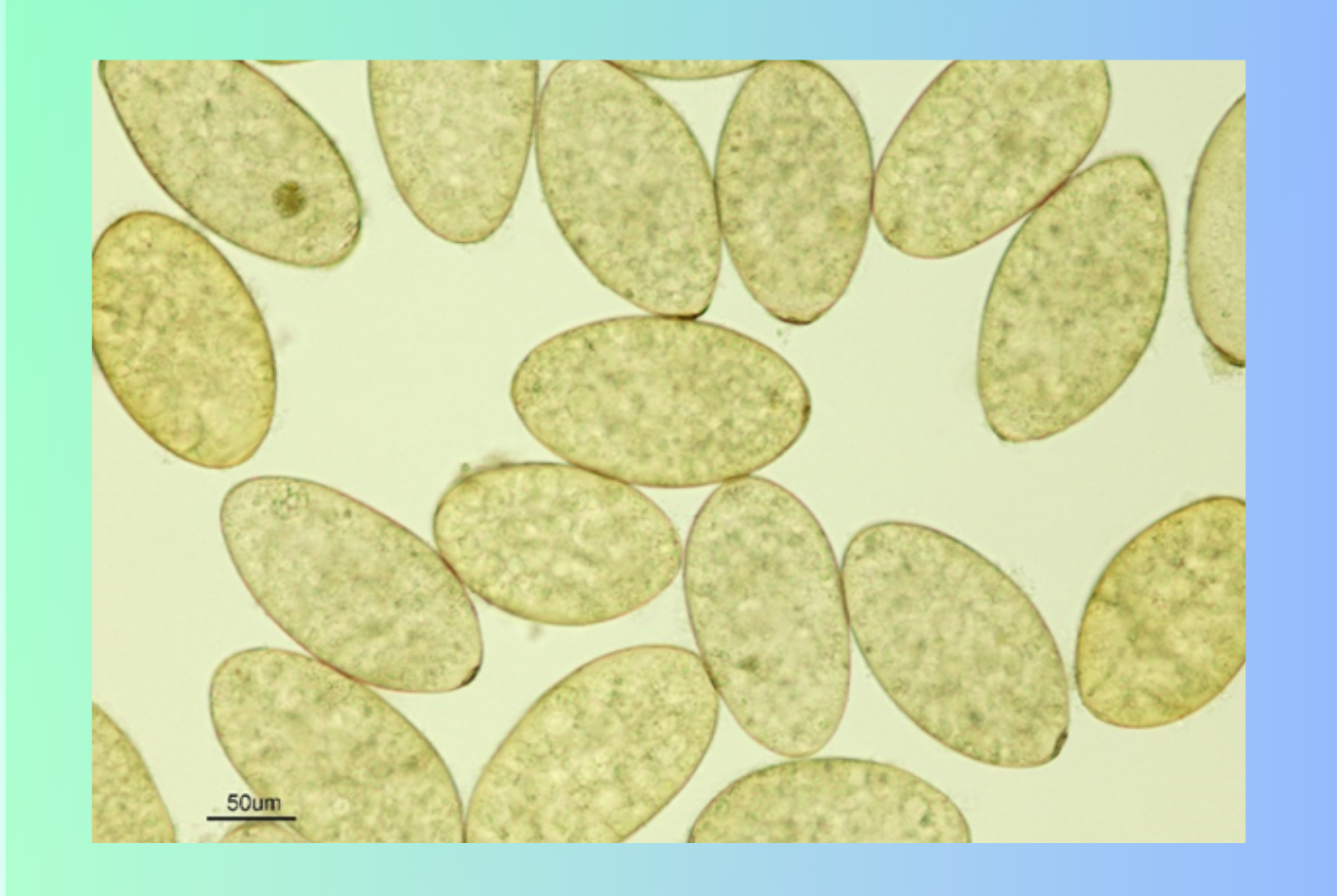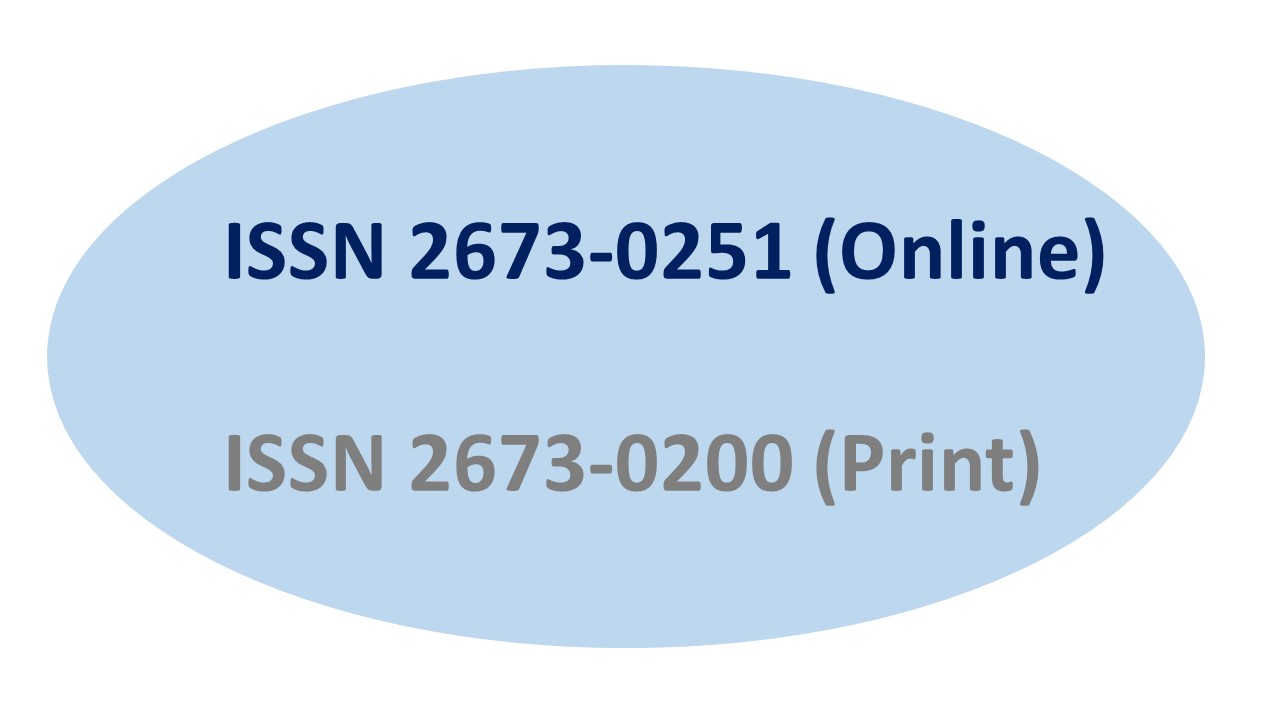Antigen detection of Fasciola gigantica eggs using Indirect ELISA and Western blot techniques
Keywords:
Fasciola gigantica, Hatching, Egg secreted proteinAbstract
Fasciolosis are foodborne zoonotic trematode parasites and major pathogens of cattle and sheep. Fasciolosis causes an economic loss of livestock industry, meat and milk from the cattle, and the disease in humans. The mature worm produces eggs, the egg are released with the feces in natural water resources and hatching into the parasites. Various genes and proteins are involved in different processes of parasite. The aim of this study was to detect specific protein expression for hatching of F. gigantica egg using Indirect ELISA and Western blot techniques. The results showed that Indirect ELISA could detect FgTRP14, FgSOD, FgTrx, FgCatL3, FgCatL1H, FgLAP and FgTGR proteins in Fasciola egg on days 0, 9 and 14. In addition, immunoblots of whole body of egg protein on day 0, 9 and 14 were positively reacted with rabbit anti-rFgTrx, rFgCatL1H and rFgSOD. The identification of proteins actively secreted by live F. gigantica eggs provides an important new information for understanding immune modulation and it may be a good effective target for the diagnosis development
References
Alger, H.M., Sayed, A.A., Stadecker, MJ., Williams, DL. (2002). Molecular and enzymatic
characterization of Schistosoma mansoni thioredoxin. International Journal for
Parasitology, 32:1285–1295
Changklungmoa, N., Kueakhai, P., Apisawetakan, S., Riengrojpitak, S., Sobhon, P. &
Chaithirayanon, K. (2014). Identification and expression of Fasciola gigantica
thioredoxin. Parasitol Research, 113, 2325-2343.
Jaikua, W., Kueakhai, P., Chaithirayanon, K., Tanomrat, R., Wongwairot, S., Riengrojpitak,
S., Sobhon, P. & Changklungmoa, N. (2016). Cytosolic superoxide dismutase can
provide protection against Fasciola gigantica. Acta Tropical, 162, 75–82.
Hanna, R.E.B., Cromie, L., Taylor, S.M., Couper, A. (2006). The effect of a parenteral
ivermectin/closantel injection on the growth and reproductive development of early
immature Fasciola hepatica in cattle. Veterinary Parasitology, 142, 78–90.
Kenyon, F., Sargison, N.D., Skuce, P.J., Jackson, F. (2009). Sheep helminth parasitic disease
in south eastern Scotland arising as a possible consequence of climate change.
Veterinary Parasitology, 163, 293–297.
Mas-Coma S. (2005). Epidemiology of fascioliasis in human endemic areas. Journal of
Helminthology, 79(3): 207-216
Overend, D.J., Bowen, F.L. (1995). Resistance of Fasciola hepatica to triclabendazole.
Australian Veterinary Journal, 72: 275-276
Sansri, V., Changklungmoa, N., Chaichanasak, P., Sobhon, P., & Meemon, K. (2013).
Molecular cloning, characterization and functional analysis of a novel juvenile-specific
cathepsin L of Fasciola gigantica. Acta Tropical, 128, 76–84.
WHO, (1991). Basic Laboratory Methods in Medical Parasitology.World Health
Organization, Geneva, Switzerland, 114 pp.
Wongwairot, S., Kueakhai, P., Changklungmoa, N., Jaikua, W., Sansri, V., Meemon, K., et al.
(2015). Monoclonal antibody against recombinant Fasciola gigantica cathepsin L1H
could detect juvenile and adult cathepsin Ls of Fasciola gigantica. Parasitol Research,
, 133-140.
Yamasaki, H., Mineki, R., Murayama, K., Ito, A., Aoki, T., (2002). Characterization and
expression of the Fasciola gigantica cathepsin L gene. International Journal for
Parasitology, 32 (8), 1031–1042

Downloads
Published
Issue
Section
License
Copyright (c) 2024 International Journal of Public Health and Health Sciences

This work is licensed under a Creative Commons Attribution-NonCommercial-NoDerivatives 4.0 International License.
If the manuscript is accepted for publication, copyright of the article shall be assigned to the IJPHS. After acceptance of a manuscript, the authors will be requested to complete a copyright transfer agreement form






